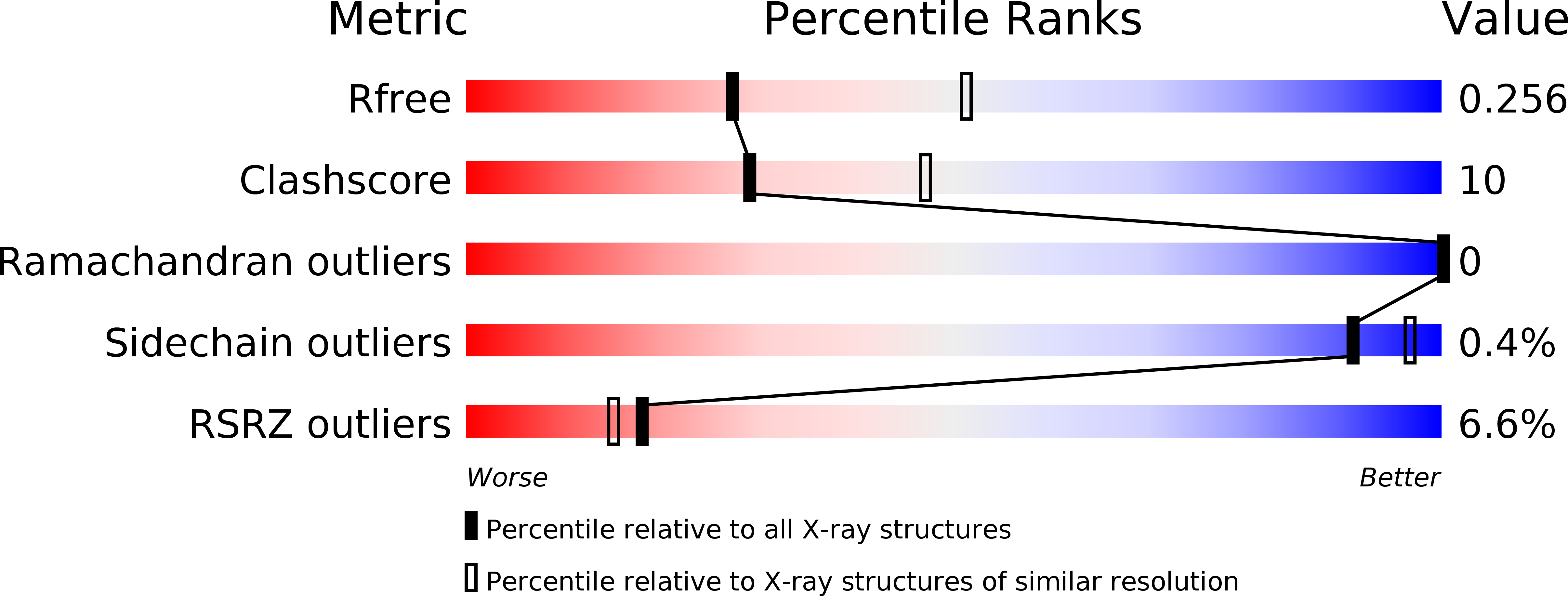
Deposition Date
2016-01-08
Release Date
2016-06-08
Last Version Date
2023-09-27
Method Details:
Experimental Method:
Resolution:
2.58 Å
R-Value Free:
0.24
R-Value Work:
0.21
R-Value Observed:
0.21
Space Group:
C 2 2 21


